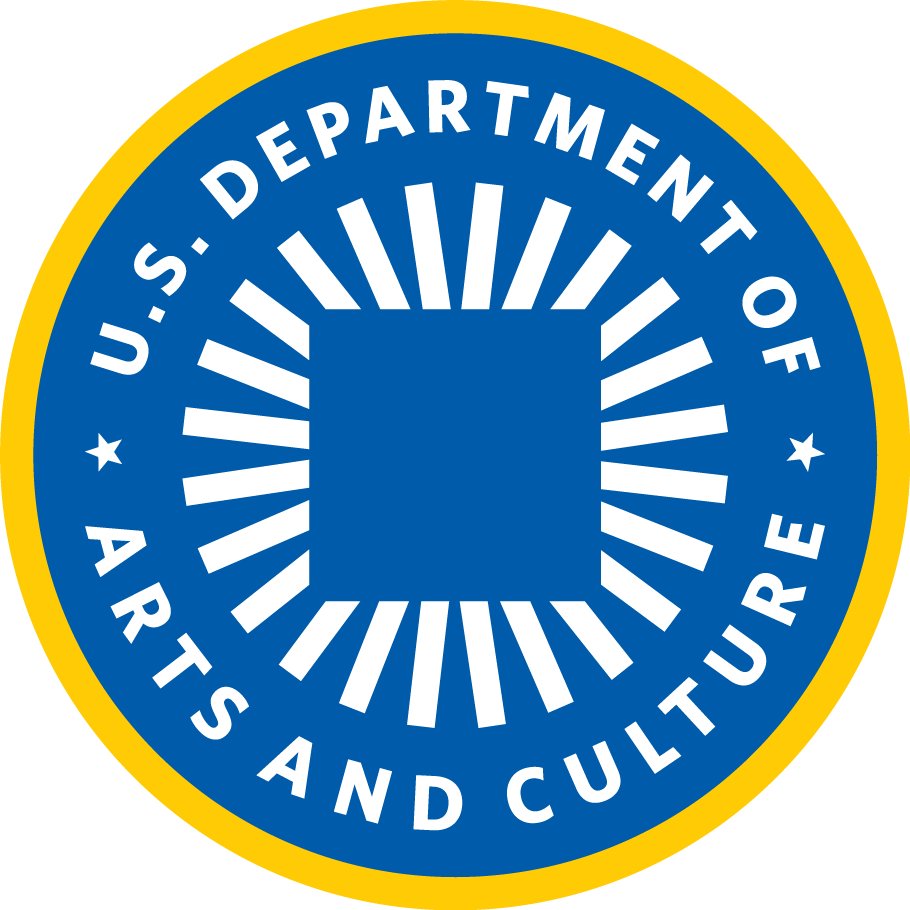ART BECAME THE OXYGEN: AN ARTISTIC RESPONSE GUIDE
A Guide for Artists, Emergency Management Agencies, Funders, Policy-Makers,
and Communities Responding to Natural and Civil Emergencies
As natural disasters and social emergencies multiply, the need has grown for ethical, creative, and effective artistic response—arts-based work responding to disaster or other community-wide emergency, much of it created in collaboration with community members directly affected. Art Became The Oxygen was created to engage three categories of readers who share the intention of offering care and compassion and helping to create possibility in the midst or wake of crisis:
Artists who wish to use their gifts for healing, whether in the immediate aftermath of a crisis or during the months and years of healing and rebuilding resilience that follow.
Resource-providers—both public and private grantmakers and individual donors—who care about compassion and community-building.
Disaster agencies, first responders, and service organizations on call and on duty when an emergency occurs, and those committed to helping over time to heal the damage done.
Art Became The Oxygen incorporates first-person experience and guidance from respected voices deeply engaged in artistic response from Katrina to Ferguson, from Sandy to Standing Rock. It includes hundreds of links to powerful arts projects, official emergency resources, and detailed accounts for those who want to go even deeper.
Please stay tuned for more information about the newly developing Bureau of Artistic Response, a national network of Citizen Artists to share resources, learn from each other, and make a wider impact in this work. When you download the Guide, you’ll automatically receive updates.
Want to learn more? Watch our webinar on the guide:
This Salon features amazing artist-activists sharing experience and advice from their own work, featuring:
- Rachel Falcone, Executive Director of Storyline Media;
- Michael O’Bryan, Program Manager in Youth Arts Education at the Village of Arts and Humanities in North Central Philadelphia; and
- Amber Hansen, South Dakota-based visual artist and Co-director of Called to Walls
Moderated by Arlene Goldbard, USDAC Chief Policy Wonk.
Share the guide:
Use these social media graphics to share Art Became The Oxygen with your networks
ART BECAME THE OXYGEN at-a-glance
PART ONE —
ESSENTIAL UNDERSTANDINGS:
Guidance on different definitions of emergency and types of response; plus an introductory essay by Amelia Brown, Minister of Emergency Arts on the USDAC National Cabinet.
PART TWO —
CRAFTING ARTISTIC RESPONSE:
Description and examples of key types of artistic response. What art can do to offer care, comfort, and connection; amplify protest; and promote reframing and resilience. Examples of a range of artistic response, including story-gathering, public art, poetry and narrative, music, dance, theater, media and photography, and individual art-making.
PART THREE —
BRIDGING WORLDS: ARTISTS AND AGENCIES:
Guidance to official emergency management resources, emergency preparedness and relief for artists and arts organizations, evaluating artistic response, and summarizing the needs of the field for collaboration, funding, and learning opportunities.
PART FOUR —PARTNERSHIPS, ETHICS, VALUES, CARING AND SELF-CARE:
Understanding the forces that create or exacerbate crisis; mobilizing the multiple skills needed for effective artistic response; the ingredients to craft good partnerships; the essential ethical commitments; and the importance of maintaining self-care even as you are offering care.
Plus more than 150 LINKS and a GLOSSARY






